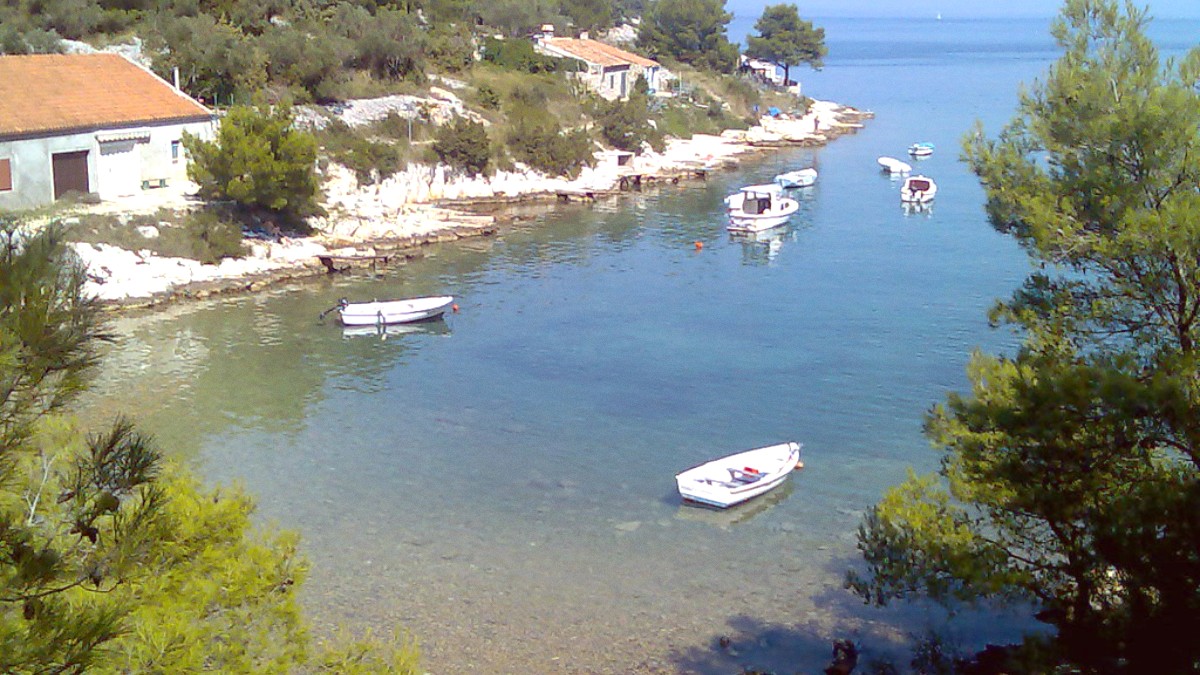
Gulf Of Kvarner, Croatia
Rijeka's main public transportation system solely Buses, operated by Autotrolej. The city does not feature a metro or tram system. The bus network is extensive, covering the city center, surrounding neighborhoods, and connecting to nearby towns and suburbs within the broader Rijeka area.
The main hub for city and suburban bus lines is the area around the Rijeka Main Bus Station (Autobusni Kolodvor Rijeka) and Žabica terminal. Numerous lines crisscross the city. Routes serve the Korzo, train station, ferry port, Trsat Castle, and city beaches. Route maps are available at bus stops, the Autotrolej sales point, and on the Autotrolej website. Buses generally operate from early morning (around 5 AM) until late evening (around midnight). Frequency varies by line and time of day. Main lines operate frequently, every 10-20 minutes, during weekdays. Less popular lines or weekend services may be less frequent, running every 30-60 minutes.
Newer buses are increasingly low-floor and offer better accessibility. Older buses may still be in service, not all stops fully accessible.
Use Google Maps or Moovit for real-time bus info. Purchase K+ card or daily pass for convenience. Validate ticket/card upon boarding. Confirm bus number and destination.
Rijeka's bus system operates efficiently, connecting city areas and suburbs effectively for local travel.
Requires valid national license (IDP for non-EU/EEA), passport, credit card. Minimum age 21 (surcharge under 25). Major companies operate in Rijeka and RJK airport. Advance booking recommended.
Less common in city center, available in coastal towns/islands. Requires valid motorcycle license.
Limited shops, no widespread city bike-sharing. Hilly terrain makes city cycling challenging. More feasible along coast or islands.
Drive on right. Seatbelts mandatory. Headlights always on. Speed limits enforced. Alcohol limit 0.05% (0.0% under 24). No mobile phone use without hands-free. Parking paid zones.
Rijeka's city core welcomes pedestrians, with dedicated areas perfect for exploration by foot. While cycling within the city presents challenges due to its hilly landscape, surrounding areas offer more cyclist-friendly routes.
Organized city tours or hop-on-hop-off services offered in peak season, but less prevalent than in larger capitals.
No regular boat taxi services within Rijeka. Private boat rentals for island excursions. Ferries to Kvarner islands.
Improving but challenging in older areas with cobblestones/inclines. Newer buses generally accessible. Modern hotels/attractions offer accessible facilities. Contact in advance for specific needs.
The Molo Longo, Rijeka's long breakwater, is a testament to the city's maritime heritage and serves as a beloved spot for locals and visitors alike. It stretches into the Adriatic, offering expansive views and a refreshing coastal experience.
Buses operate from early morning until late evening, making them a reliable option.
Frequent service on main lines.
Connects all major city areas, including tourist spots and residential neighborhoods.
Wide coverage throughout the city.
Simple ticketing system with single rides or passes available, easy for visitors.
Convenient and accessible.
Rijeka offers a pedestrian-friendly environment, especially within its historical and central areas. Walking is a superb way to immerse yourself in the city's unique ambiance.
Rijeka's entire public transit relies on an extensive bus network operated by Autotrolej.
Various ticketing choices cater to different travel needs, from single rides to multi-day passes.
Buses operate from early morning until late evening, with varied frequency by route and time.
Whether you choose to walk the charming streets, ride the local buses, hail a taxi, or rent a car for regional exploration, Rijeka offers a transportation option that suits your travel style.